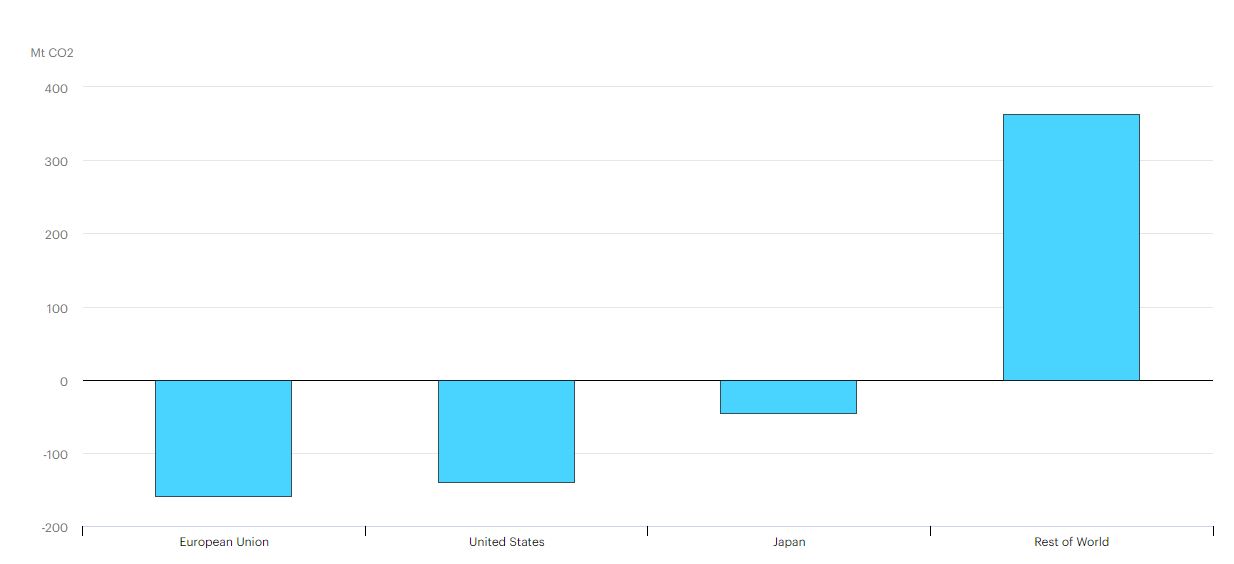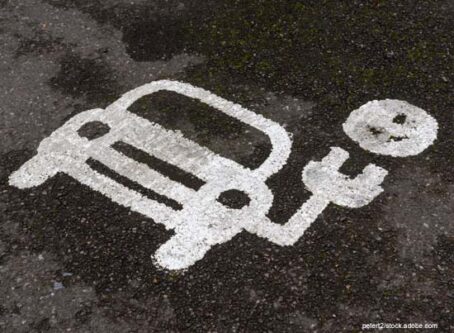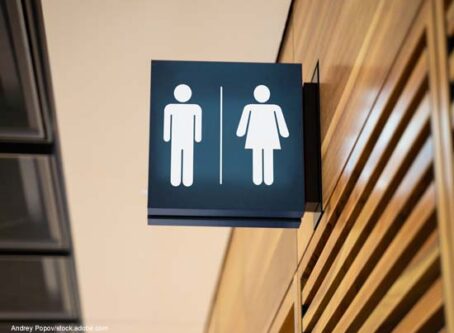Zero-emissions report suggests light-duty vehicles, not trucks, go all-electric by 2035
Environment America Research and Policy Center and Frontier Group have put another zero-emissions initiative on the table. This time, the emphasis is on light-duty vehicles, buses and pedestrians.
On Tuesday, Feb. 25, a report titled “Destination: Zero Carbon” was released by Environment America Research and Policy Center. The report gives three goals to contribute to the nation’s transition to zero-carbon transportation:
- All new light-duty cars and trucks sold after 2035 should be electric vehicles.
- U.S. transit agencies and school districts should replace all transit and school buses with clean electric buses by 2030.
- The U.S. should at least double the number of people who travel by foot, bike or transit by 2030.
“America’s transportation system is due for a zero-carbon upgrade,” said Tony Dutzik, chairman of Environment America Research & Policy Center’s climate team and senior policy analyst with Frontier Group. “With clean, electric cars and buses, and safe streets for walking and biking, we can take a big bite out of America’s contribution to global warming. This report shows how it can be done.”
According to the report, transportation is the largest source of global warming pollution in the United States. America’s transportation system is responsible for 4% of the world’s greenhouse gas emissions. That is more than the entire economies of France and the United Kingdom combined, according to Environment America Research and Policy Center.
Light-duty vehicles are the biggest contributors to carbon pollution in the U.S., the report claims.
In 2017, light-duty vehicles accounted for one-sixth of America’s greenhouse gas emissions, and nearly three-fifths of emissions from the transportation system.
However, the latest report does not mention emissions from medium- and heavy-duty vehicles. Rather, the report focuses on the movement of people, not goods.
“Environment America Research & Policy Center supports switching to electric heavy-duty trucks too, and our goal to electrify buses gets at part of the heavy-duty vehicle sector,” Morgan Folger, clean cars campaign director with Environment America Research & Policy Center, told Land Line. “Our ‘Destination: Zero Carbon’ goals are centered around the ways that people get around, and giving people more transportation options, rather than the movement of goods. To solve the climate challenge, every part of our transportation system needs to be electrified, including heavy-duty trucks, but this report is focused on how people get around.”
One study cited reveals that vehicles in the U.S. are heavier, bigger and more powerful compared to those in most other countries. The result is higher fuel use and carbon dioxide emissions per mile.

The report claims a lack of transit access, dangerous walking/biking and car-dependent land use patterns lead to high-emissions from cars.
For the most part, the United States has been a leader in cutting CO2 emissions. According to an International Energy Agency report released on Feb. 11, the U.S. experienced the largest emissions decline in 2019.
According to a 2018 European Union emissions report, China leads the world in CO2 emissions. The country emits nearly 11,000 megatons of CO2 a year, or 30% of the world’s fossil CO2 emissions. In second, the U.S. produces only half of that at 5,000 megatons, approximately 14% of the global emissions. Compared to 1990 levels, China’s emissions have skyrocketed by more than 350%, with U.S. emissions increasing by 0.4%. Compared to 2005 levels, emissions from transportation are down by 6% in the United States, but up 20% from 1990. Transportation emissions in China are up 689% from 1990 and 104% from 2005.

“The United States saw the largest decline in energy-related CO2 emissions in 2019 on a country basis – a fall of 140 metric megatons, or 2.9%, to 4.8 gigatons,” the report states. “US emissions are now down almost 1 gigatons from their peak in the year 2000, the largest absolute decline by any country over that period.”
Similarly, several states have taken measures to reduce their contributions to emissions. In December, environmental agencies for California, Connecticut, District of Columbia, Maine, Massachusetts, New Jersey, Oregon, Rhode Island and Vermont all signed a statement of intent to have medium- and heavy-duty vehicles in their state reach zero emissions. That plan also turns to electrification.
The Transportation and Climate Initiative involves 11 Northeast and Mid-Atlantic states plus the District of Columbia. That effort is essentially a cap-and-trade plan.
According to the report, the five states with highest emissions per capita are Alaska, Wyoming, North Dakota, Louisiana and Mississippi. States with lowest rates are Rhode Island, New York, Connecticut, Maryland and Massachusetts, all in the Northeast.









